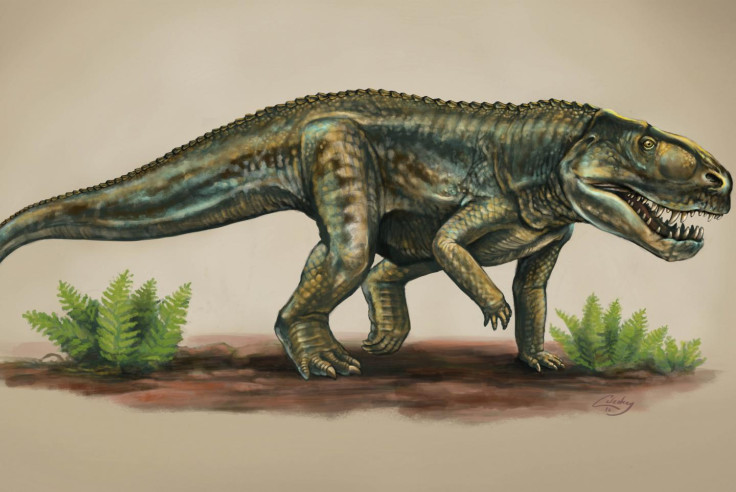200 million-year-old 'monster snake' reptile identified as new species
Vivaron haydeni lived in what is now the US state of New Mexico during the Triassic Period.

An extinct crocodile relative, which lived around 212 million years ago in what is now the US state of New Mexico, has been named as a new species in a paper published by researchers from Virginia Tech.
The previously unidentified animal Vivaron haydeni was discovered in during an excavation in 2009 at Ghost Ranch, a retreat and education centre in New Mexico, before further analysis led to its confirmation as a new species. It has been named after a famed monstrous snake of Ghost Ranch lore – a story shared around campfires more than a century ago – as a well as John Hayden, a hiker who discovered the quarry from which the fossils were collected in 2002.
Vivaron is a fearsome carnivorous archosaur, a large set of animals that includes crocodilians and dinosaurs, and is the sixth species of rauisuchid – a group of archosaurs – to be discovered.
It measured between three-and-a-half to five-and-a-half metres long, and walked on all four legs. So far, three jaw bones, skull fragments and hip bones from at least three individuals have been found.
"These were some of the biggest predators at the time, all dinosaurs were much smaller," said Sterling Nesbitt, a co-leader of the excavation, referring to the Triassic Period – the period between 251 and 199 million years ago.
Vivaron is distinct from otherrauisuchid species because of its upper jaw bone, which is smoother in appearance. A full skeleton has not been found, meaning its other features must be inferred from close relatives. There is hope for researchers though given that the area where it was found is a hot spot for palaeontologists.
"It is possible that other bones were not preserved, were previously collected, or are still in the ground," said Emily Lessner, a leader of the research.
© Copyright IBTimes 2025. All rights reserved.





















